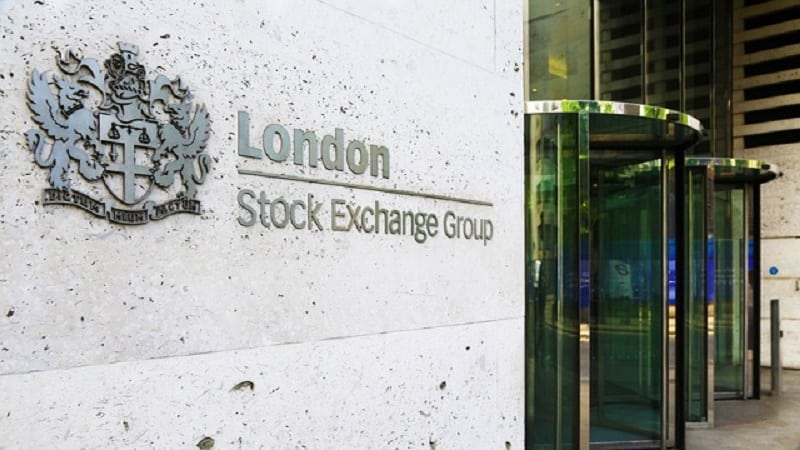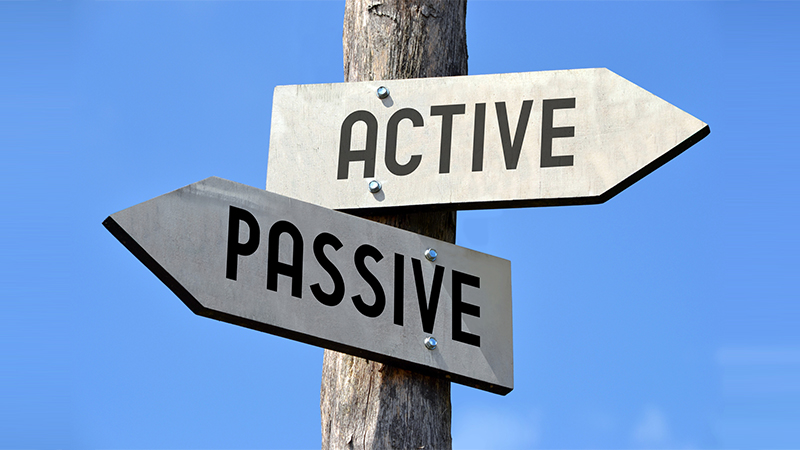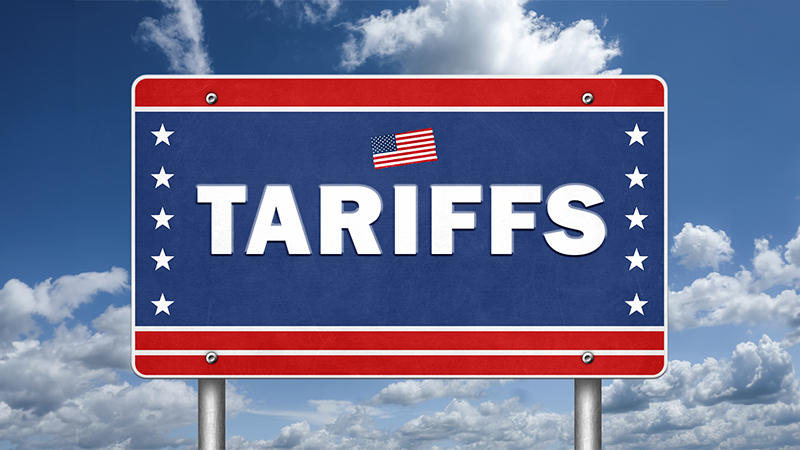Donald Trump announced tariffs on all its global trading partners overnight, including a 10% tax on all goods imported from the UK.
It got off lightly, however, with this being the lowest baseline tariff. Imports from nations such as Saint Pierre and Miquelon, Cambodia and Laos were hit with tariffs as high as 50%, 49% and 48% respectively.
The president said the new tariffs were reciprocal, with the US having been “ripped off” and “plundered by nations near and far, both friend and foe alike”.
He took non-monetary barriers into account when calculating tariffs on the US, which included manipulating currencies and subsidising exports.
See also: Gold soars, tech slumps: What happened in markets in March?
In the UK’s case, the White House said it had “non-science-based standards that severely restrict US exports of safe, high-quality beef and poultry products”.
Prime Minister Kier Starmer said yesterday that the UK could not retaliate. He said he would take “a calm, pragmatic approach,” noting that “a trade war is in nobody’s interests”.
Trump’s latest announcement was in addition to a 25% tariff he put on all foreign-made automobiles and 10% tariff he placed on imports from two of its largest trading partners, Canada and Mexico.
He said the moves were a “declaration of economic independence” that would boost US industry, but Quilter investment strategist Lindsay James warned that they could have the opposite effect.
See also: Where next for European stocks after Trump punishes carmakers?
“Trump has made it clear that this is the end of the established economic order, and he wants America calling the shots,” she said. “These tariffs are stark and perhaps more aggressive than many in the market had been expecting.
“Ultimately, Trump is playing a high risk game. He is risking stoking a fresh inflationary spiral in the hope that over time jobs and industry are restored to the US.
“This is following an election campaign where he promised to lower inflation and bring interest rates down. But, tariffs have rarely ended in positive outcomes, and signs are already pointing to weakening consumer and business sentiment and the risk of a slowing US economy.”









